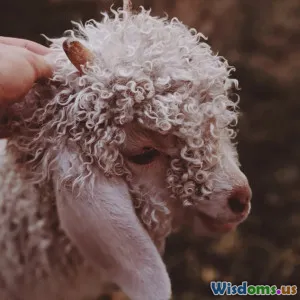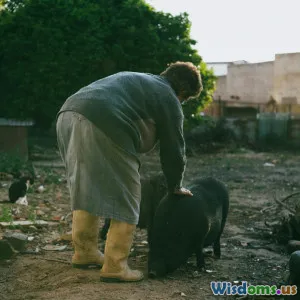
What Rural Communes Teach Us About Sustainable Living
13 min read Explore how rural communes model sustainable living through community, local resources, and eco-friendly practices. (0 Reviews)
What Rural Communes Teach Us About Sustainable Living
Scattered across rolling hillsides and hidden in the backcountry, rural communes have long drawn idealists, innovators, and those seeking a more harmonious life with nature. Today's eco-conscious communities owe a great deal to these intentional experiments in cooperative living. While much attention is given to high-tech green solutions in cities, it is often in off-grid communes and villages where the foundations of sustainable living—practical, time-tested, and people-driven—can inspire the most enduring change. Let's delve into the lessons rural communes offer for a truly sustainable lifestyle, rooted in shared values and collective effort.
Beyond Independence: The Power of Shared Resources

Contrary to the myth of rugged individualism, sustainable rural communes operate on the principle that pooling resources yields resilience. Instead of every household owning its own tools, livestock, or gardening equipment, resources are collectively managed and maintained. This not only reduces environmental footprint by minimizing unnecessary production and waste, but also builds a culture of mutual care.
Concrete Example: The Twin Oaks Community in Virginia, founded in 1967, operates around income-sharing and collective ownership. Food, transportation, and even income are pooled. Members report substantially lower per capita energy use compared to U.S. national averages. Communes such as Twin Oaks prioritize shared workshops, communal laundry systems, and bulk procurement, drastically cutting wasteful consumption.
Key takeaway: By normalizing collaborative consumption—whether through shared fleets of bicycles or weekly collective gardening days—even city dwellers can emulate communes in reducing their personal carbon footprint.
Regenerative Agriculture: Fertile Ground for Sustainable Food Systems
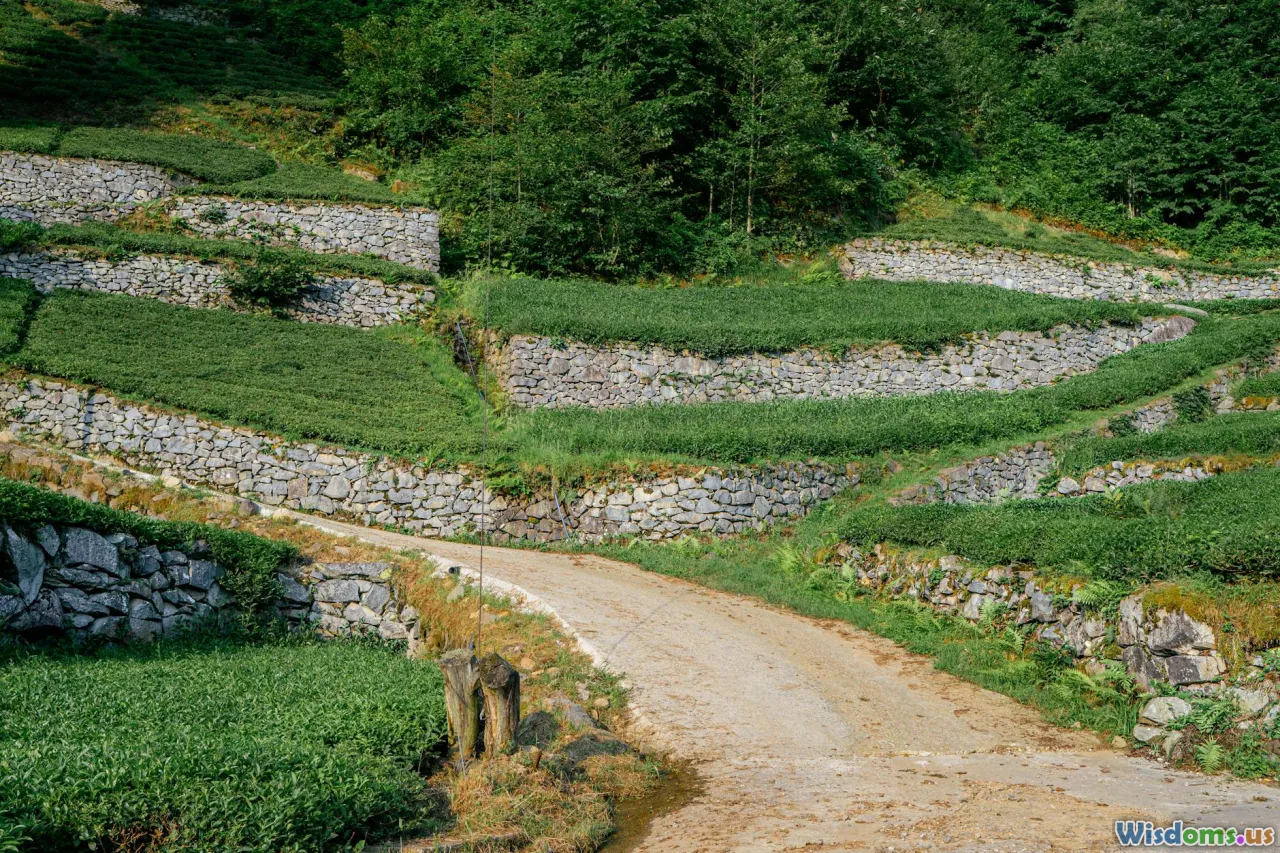
Small-scale, diversified farming—long practiced in rural communes—offers rich lessons for building resilient local food systems. Unlike industrial agriculture, these communities cultivate diverse crops organically, employ permaculture design, and often raise animals in humane, closed-loop systems.
Successful Model: Findhorn Ecovillage in Scotland practices biointensive organic methods and nutrient cycling. By composting food waste and using innovative methods like forest gardens, the commune produces a significant portion of the community’s vegetables year-round, reducing dependence on external supply chains and fossil-fueled transport.
Insights:
- Composting is universal and organic material is treated as a resource, not waste.
- Agriculture is interwoven with natural habitats; pollinators and beneficial insects thrive, reducing the need for synthetic inputs.
- The cow-rotation grazing system at Keuruu Ecovillage in Finland cycles animals through pastures, improving soil health and sequestering carbon—demonstrating a scalable climate solution.
Closed-Loop Water and Energy Systems
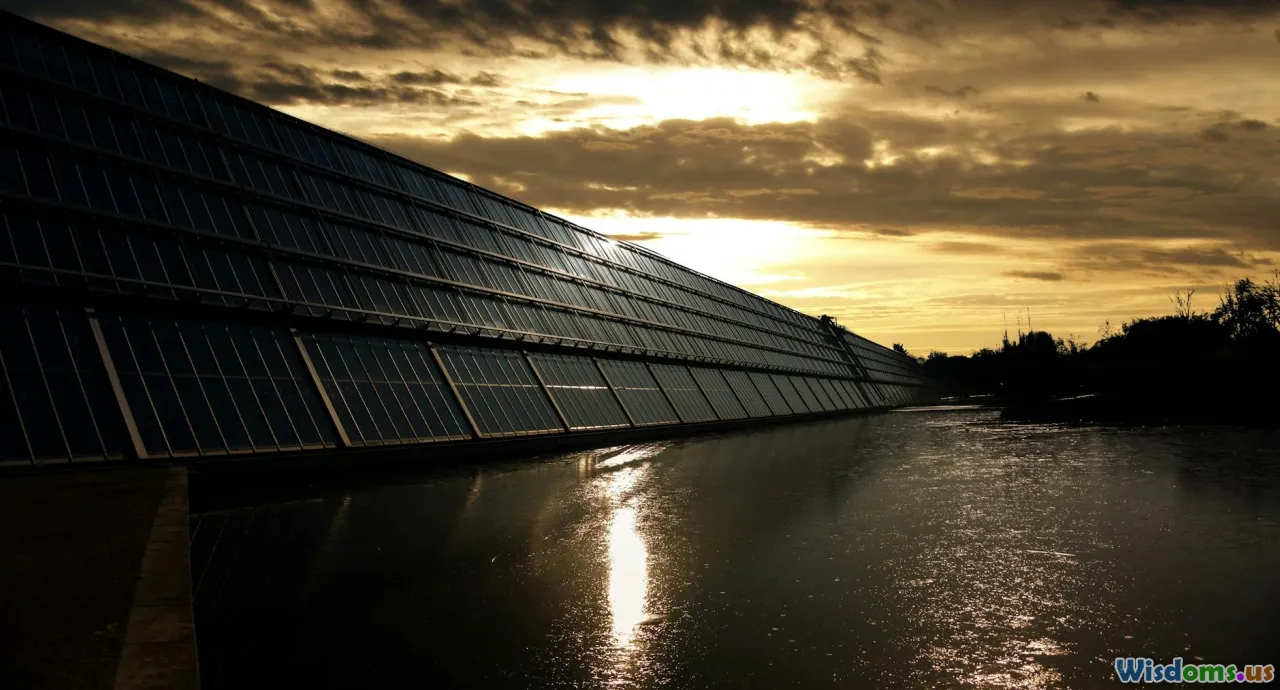
Desiring self-sufficiency, rural communes often pioneer off-grid energy and water models that urban planners now champion as gold standards.
Common Practices:
- The Tamera Ecological Community in Portugal demonstrates integrated water retention landscaping—ponds, swales, and diverted channels recharge aquifers and buffer against droughts, a necessity for climate adaptation.
- Solar, wind, and micro-hydro stations are maintained collectively. At Dancing Rabbit Ecovillage in Missouri, community homes tap into a shared renewable energy microgrid, eliminating fossil fuels for most domestic energy needs.
Actionable Advice: Anyone can start small—rainwater harvesting barrels, composting toilets, and home-scale solar arrays replicate commune innovations on an individual basis.
Social Structures as Sustainability Tools

Perhaps less visible, but equally vital, are the social forms underpinning commune resilience. Decisions are commonly reached by consensus, encouraging high participation and inclusivity. Communication and trust proceed hand-in-hand; regular meetings allocate labor, set community goals, and help resolve conflicts peacefully.
Comparison: Where cities often rely on anonymous systems and external authorities, commune residents must develop direct accountability. This intimacy produces stronger social contracts:
- Community childcare reduces the need for duplicative spending and enriches children.
- Elder care is woven into daily community life, reducing loneliness and professionalized, impersonal care.
Such systems yield what sociologists call "social capital"—a linchpin in enduring any kind of adversity.
Less is More: Rethinking Consumption and Waste

Most rural communes operate under tight budgetary realities, leading to creative resourcefulness. Rather than perpetually buying new, items are repaired, upcycled, or creatively repurposed.
Practical Details:
- Clothing swap events, sewing circles, and robust tool libraries minimize consumer dependency.
- Zero-waste kitchens collectively invest in bulk dry goods (lentils, grains) using reusable containers—reducing landfill-bound packaging.
- Old cabins become community workshops or artist studios, proving buildings can have multiple lives.
Even in non-communal settings, this ethos can be adapted: local repair shops, clothing swaps, and creative reuse projects can cut both costs and carbon emissions.
Wildness and Stewardship: Protecting Biodiversity
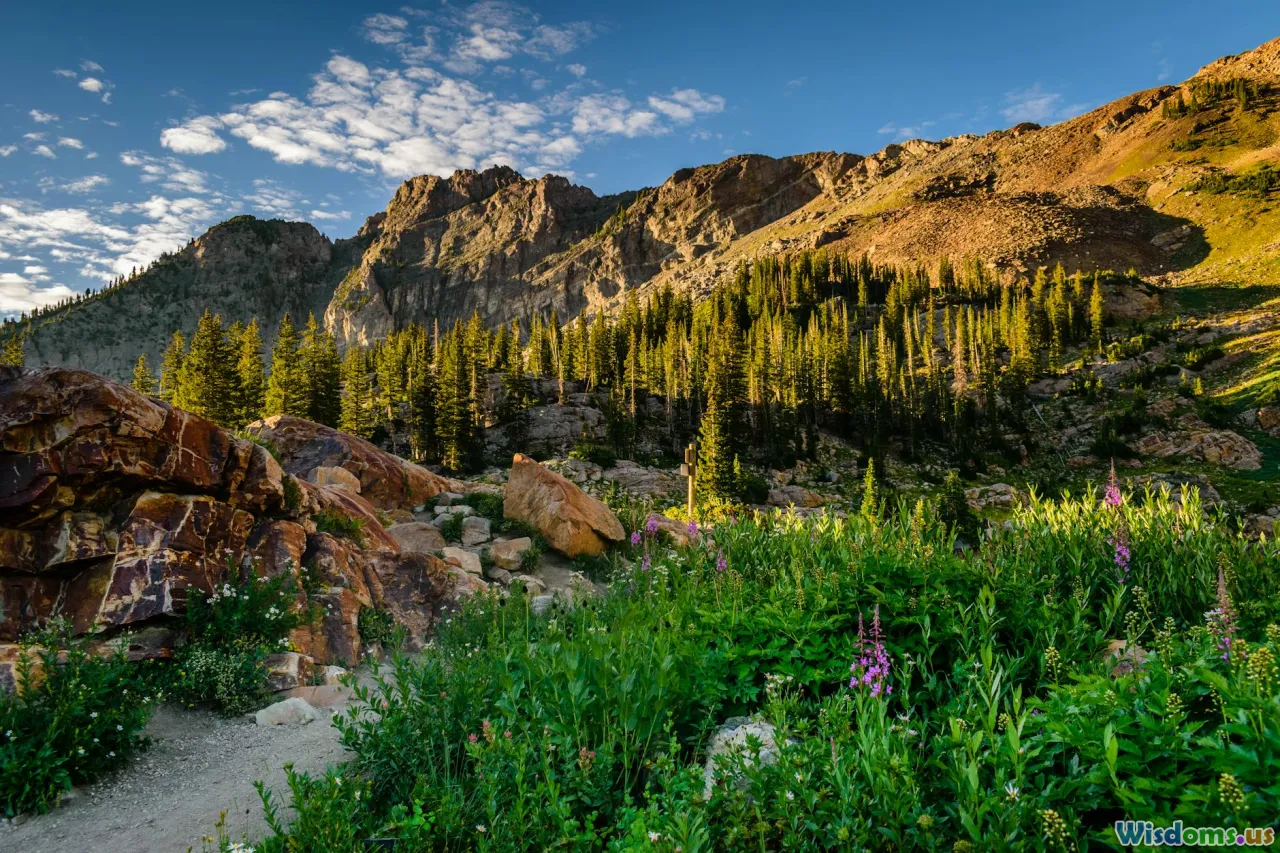
In communes, sustainable living goes beyond agriculture to embrace land stewardship. Woodlots, meadows, and ponds are not "leftover" land but part of a deliberate mosaic supporting biodiversity. Communities coordinate to foster wild habitats, plant native species, and maintain wildlife corridors.
Example: At the ZEGG Community in Germany, 15 hectares of land are managed for biodiversity—with amphibian ponds, wildflower strips, and hedgerows creating sanctuaries for pollinators, birds, and wildlife.
Regular work parties remove invasive species and plant native trees, forging a communal connection to place and witnessing nature's renewal. It’s an answer to mass monoculture—one any neighborhood or family can emulate by planting gardens or supporting local conservation.
Education Rooted in Experience

Unlike urban education systems, rural communes often practice intergenerational, hands-on learning. Skills are not abstract or academic, but learned through doing: gardening, carpentry, first aid, or animal husbandry passed from veteran members to new arrivals (often via immersive workshops).
Findhorn College, integrated with Findhorn Ecovillage, mentors learners through eco-technical skills, renewable energy, and cooperative leadership—equipping them with tools for both personal and planetary wellness.
Annual "skill shares" or "permaculture design courses" are open to all ages, fostering a culture where learning is lifelong and mistakes become a valuable part of growth. This model is inspiring schools and nonprofits to create nature-based curricula for deeper engagement and a love of stewardship.
Building for Climate and Context: Architecture Lessons
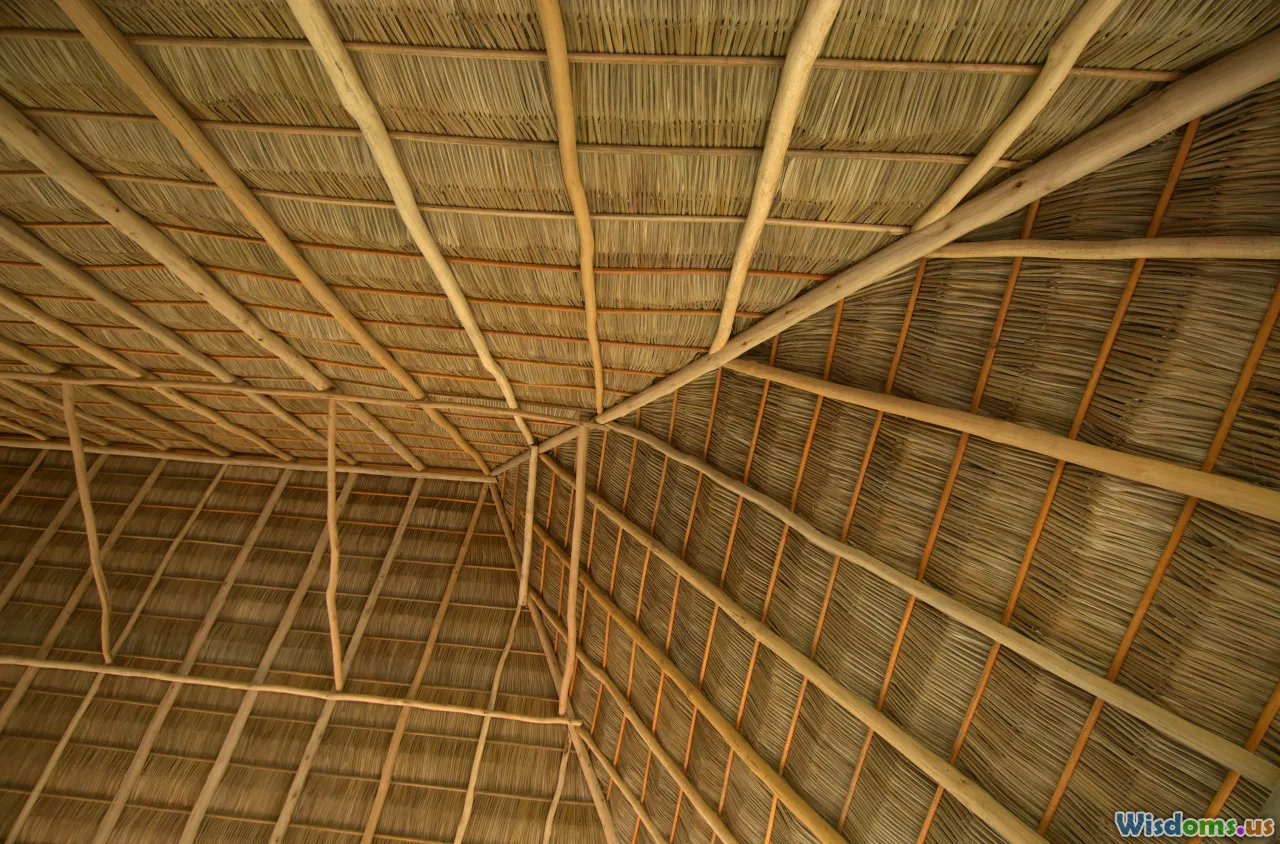
Sustainable communes take a vernacular approach to construction, deploying materials and techniques matched to their region’s climate and culture.
- At the Sieben Linden Ecovillage in Germany, homes are built from straw bale and locally sourced timber, featuring thickly insulated walls, green roofs, and passive solar orientation, drastically reducing heating and cooling needs.
- Cob and earth homes from Earthaven Ecovillage blend beauty and performance, using materials available within a day's walk. Designs emphasize shared walls (limiting exposure and saving energy), multi-purpose spaces, and clustered buildings to preserve wild lands.
Whether it’s straw bale in cold zones or adobe in deserts, commune construction models can guide home builders and city planners seeking sturdy, low-impact designs.
Challenges and Honest Lessons from Communes

It's critical to recognize the complexity and occasional failures in these communities. Idealism must coexist with pragmatism:
- Collectively-run projects can face burnout or decision-gridlock; rotating leadership and shared downtime combat fatigue.
- Diversity matters: homogenous groups may lack relevant perspective and resilience. More successful communes, such as Arcosanti in Arizona, actively recruit broad membership.
- Not all experiments thrive. The countercultural "back to the land" wave of the 1970s saw many communities dissolve; land laws, lack of funding, or internal disputes play a role.
Key insight: Transparent, adaptable governance, regular skill-updating, and external partnerships improve survival odds—offering lessons for every group that dreams of building something different.
Commune Wisdom for Modern Communities

You don’t have to move off-grid to put these principles to work. Rural commune wisdom can inform:
- Urban co-housing projects where resources are shared, gardens are tended together, and car-sharing cuts costs.
- Food cooperatives sourcing from local farms, shrinking food miles, and developing a stake in regenerative agriculture.
- Eco-villages and transition towns blending shared infrastructure, collaborative governance, and a culture of care.
Action Steps for Everyone:
- Start a tool or seed library in your neighborhood.
- Host potlucks and skill-shares to build interdependence.
- Advocate for community composting or solar cooperatives through local councils.
From intentional villages to our cities’ side-street gardens, the lessons are clear: sustainability is a lived practice, a daily negotiation between aspiration and limits, best cultivated in good company.
The enduring appeal of rural communes is not that they are fantasies from another era, but laboratories for the lives many aspire to build. In their experiments—whether dazzlingly successful or only partially so—we find roadmaps for a humanity that sustains itself, together.
Rate the Post
User Reviews
Popular Posts










